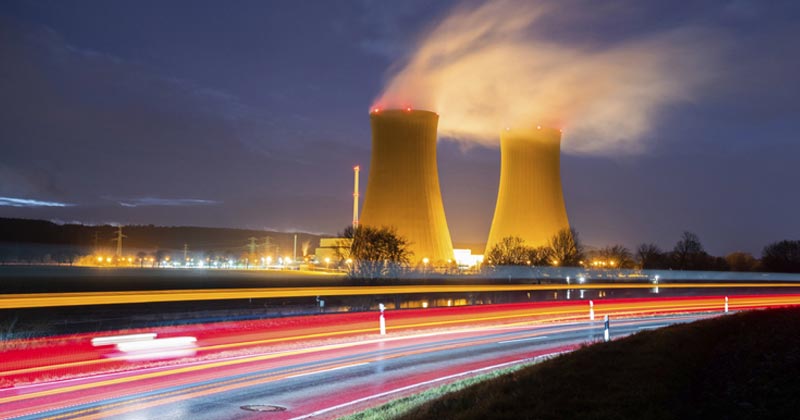For a country that did promise over a decade back in the day that it would shut all nuclear plants by 2030, here’s Germany with three active nuclear power plants.
That’s as on date.
However, it is important to note that a decision was taken back in 2009 to shut down eight nuclear reactors and too, on an immediate basis by the end of 2022.
We are staring at the end of November and unless pigs begin to fly from the skies, sorry Pink Floyd, it doesn’t seem as though the three will be shut down by end of this year.
Having said that, where does Germany, that has some of the lowest wholesale electricity prices in the entirety in Europe (and at the same time, some of the highest retail prices) prices, go to next?
Here’s some context before we go any further:
On first thoughts, it can be said without much confusion that the country does wish to have an ‘exit plan’ from nuclear power and without much delay. Common sense dictates- and mankind is blessed with it in aplenty- that nuclear power is, after all, one of the more expensive ways to boil water to generate electricity.
A news report, which widely surfaced in the German press during September 2022, suggested that the country was planning to turn off three nuclear power stations by not later than the end of the ongoing year.
That would, if still executed, as per plan, signal the end of an eleven-year process.
But there’s been a lot of talk and action, and truth be told, sudden shifts in pre planned strategy (read original strategy) on that front. So much so that there ‘could’ be a borderline confusion on what the Olaf Scholz-led country might do next in its bid to offset the energy shortfall.
All of that said, the following is what DW.com, the go-to media outlet for all things Germany had to report on the mater:
“Until recently, Russia had been a major energy partner to Germany, providing the country with the majority of its oil and natural gas But tensions over the war in Ukraine upended that partnership. It has left Germany scrambling for alternative supplies as the winter months take hold in Europe, and sent energy prices through the roof.“
Now the country has to rethink its nuclear bailout strategy.
“Today Germany’s three existing nuclear reactors produce around 6% of the country’s electricity supply. But it wasn’t always this way: back in the 1990s, no fewer than nineteen nuclear power plants were producing about a third of Germany’s power supply.
Then, in 1998, a new center-left government consisting of the Social Democrats and the Greens party moved to get away from nuclear energy, a long-held objective of the Greens. Their prominence had started taking off in the 1980s as they railed against the dangers of nuclear weapons and nuclear energy against the backdrop of the Cold War.
The construction of new nuclear plants in Germany ended in 2002 and plans were made to phase out all existing facilities over the next few decades.”


